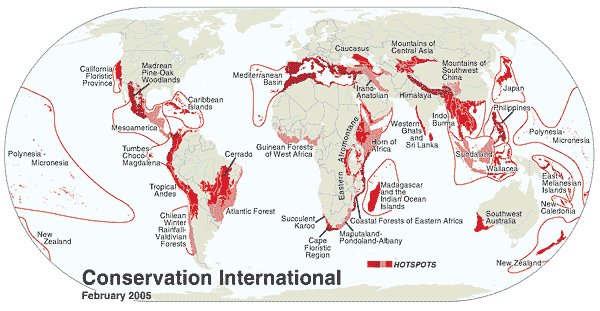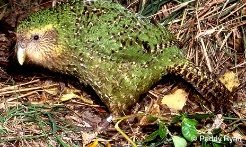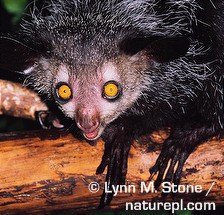Biodiversity HotspotsBiodiversity hotspots are the regions in which a large number of species (plant and animal) occur. According to the Center for Applied Biodiversity Science, there are 34 recognized hotspots. Biodiversity hotspots are so valuable because they contain many endemic species. Endemic species are species that occur nowhere else on the planet. In fact, for an area to qualify as a biodiversity hotspot, it must contain 1,500 endemic plant species. Out of all life on earth, 77% of terrestrial (land dwelling) vertebrates live in the combined area of the hotspots. Unfortunately, biodiversity hotspots are becoming more and more threatened. Only 30% of the hotspots' original vegetation is left. The remaining areas now cover 2.3% of the entire Earth's land surface. (28)  For more information on biodiversity hotspots, visit: http://www.biodiversityhotspots.org/xp/Hotspots/hotspots_by_region/Pages/default.aspx Endemic Species Endemism refers to species that occur in a small region and nowhere else on Earth. Endemic species can be vertebrates, invertebrates, plants, or even microorganisms. Endemic species are very vulnerable to human encroachment, because of their limited range. (28) These island endemics sometimes go through a process called adaptive radiation, where they rapidly evolve to fill a specific niche, usually becoming new and diverse species. For example, Darwin's finches evolved from a single species that colonized the many islands of the Galapagos. Each island population adapted to its new environment, evolving different beak structures to more efficiently harvest food. (29) Many endemics live on islands, isolated from the mainland (for example, Madagascar, New Zealand, and the Caribbean islands). The fact that all endemic species have a limited distribution and are usually very rare means that their habitats hold a special concern for conservation efforts. (28) |
||
 The Galapagos Giant Tortoise, or Geochelone nigra, is an endemic species that only lives on the Galapagos archipelago. The IUCN lists it as vulnerable, due to poaching and introduced predators. The entire wild population is estimated at 10,000, scattered across less than a dozen islands. (30)  The Kakapo, or Strigops habroptila, is a critically endangered parrot living on only two small islands in New Zealand. It is the only flightless parrot in the world, for New Zealand has no natural predators. However, once humans arrived, introduced dogs, cats, and stoats that were brought from Europe began to prey on these helplessly flightless birds. Today, captive breeding programs have been initiated to conserve this unique species and many have been reintroduced into the wild. (32) Back to In-Situ Conservation |
 The Aye-Aye, or Daubentonia madagascariensis, lives exclusively on the island of Madagascar. It is a unique and endangered lemur threatened by deforestation and the native people who kill it, believing that it is a bad omen. This species is so valuable to the Madagascar ecosystems because it fills the niche of a woodpecker. Instead of using a beak, it uses its long third finger to probe for insect larvae to eat, thus keeping the insect population in check. If this species goes extinct, the ecosystem could become unbalanced. (31)  Aechmea blanchetiana is a plant called a bromeliad, endemic to the east coast of Brazil. It's an important species to the ecosystem because when it rains, water collects in its cupped leaves, providing pools of life that harbor animals like frogs. This plant is threatened due to human collecting for ornamental decoration. (34) What is Population Management? |
|